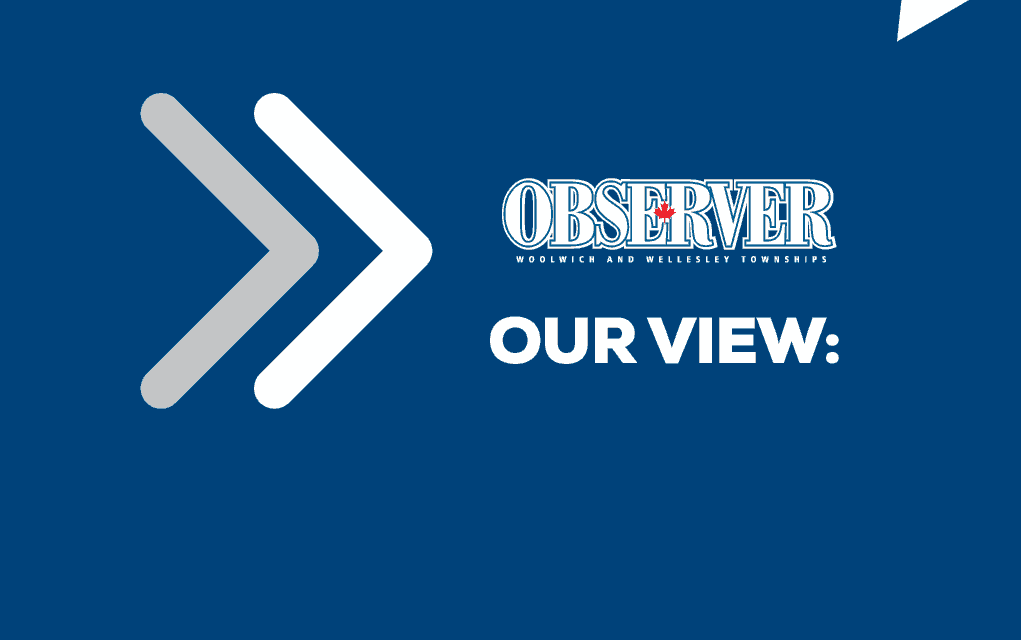;
;
;
Next Article
View from here – July 21, 2016

An update of the scoreboard shows it’s competent fiscal management 0, profligate spending 350 billion. Ontarians are familiar with the goose egg on the accountability side. The provincial debt of $350 billion is the latest forecast for 2021 from Financial Accountability Officer Stephen LeClair. That
Last updated on May 04, 23
Posted on Jul 21, 16
2 min read
